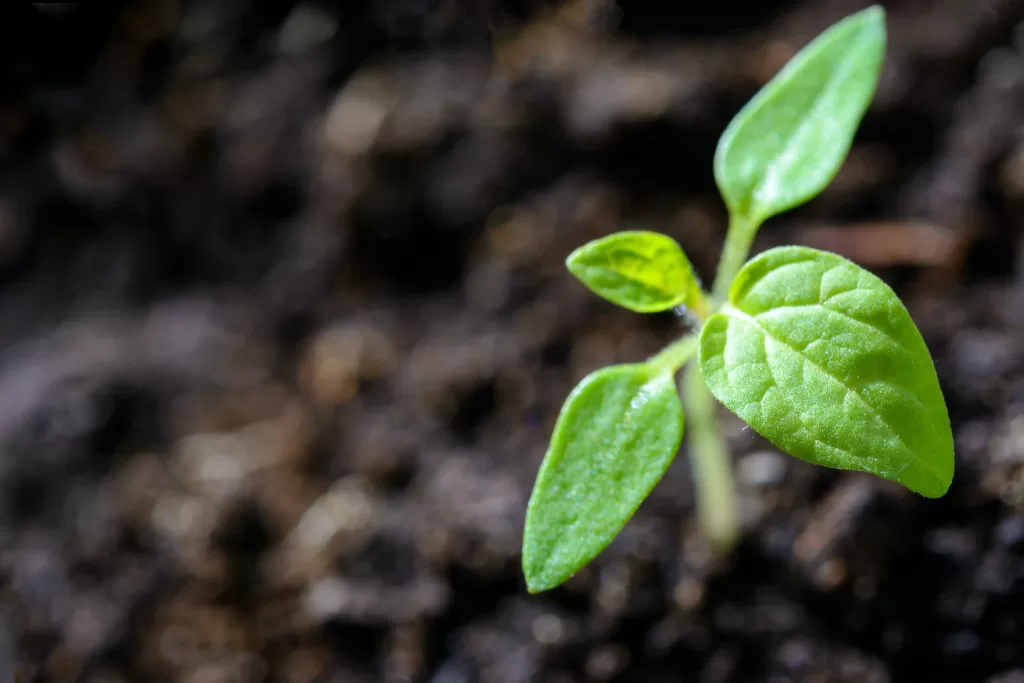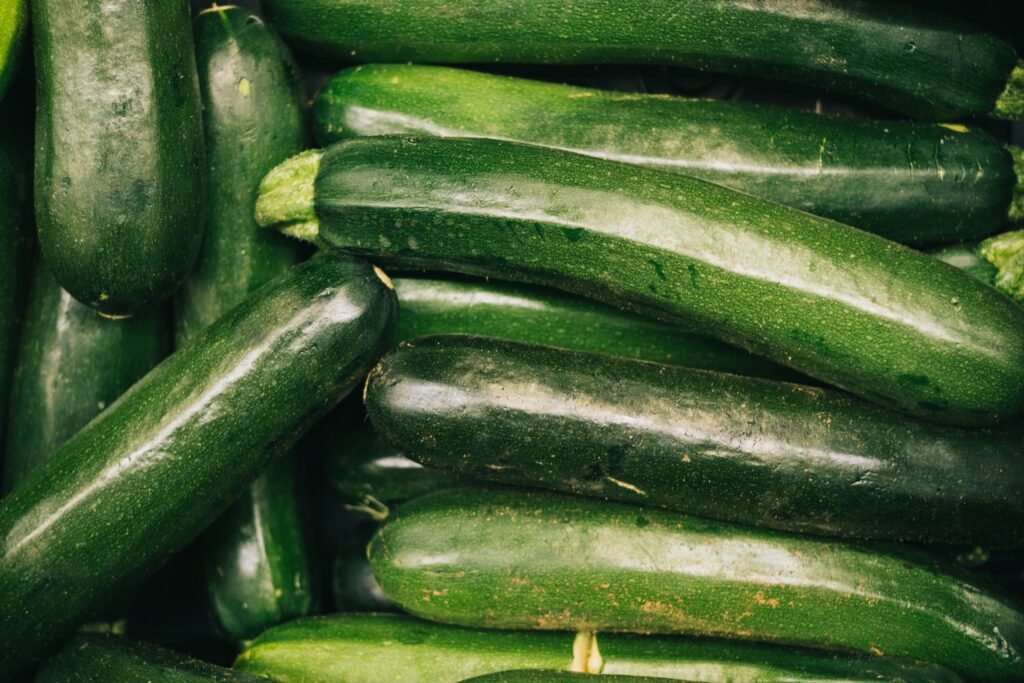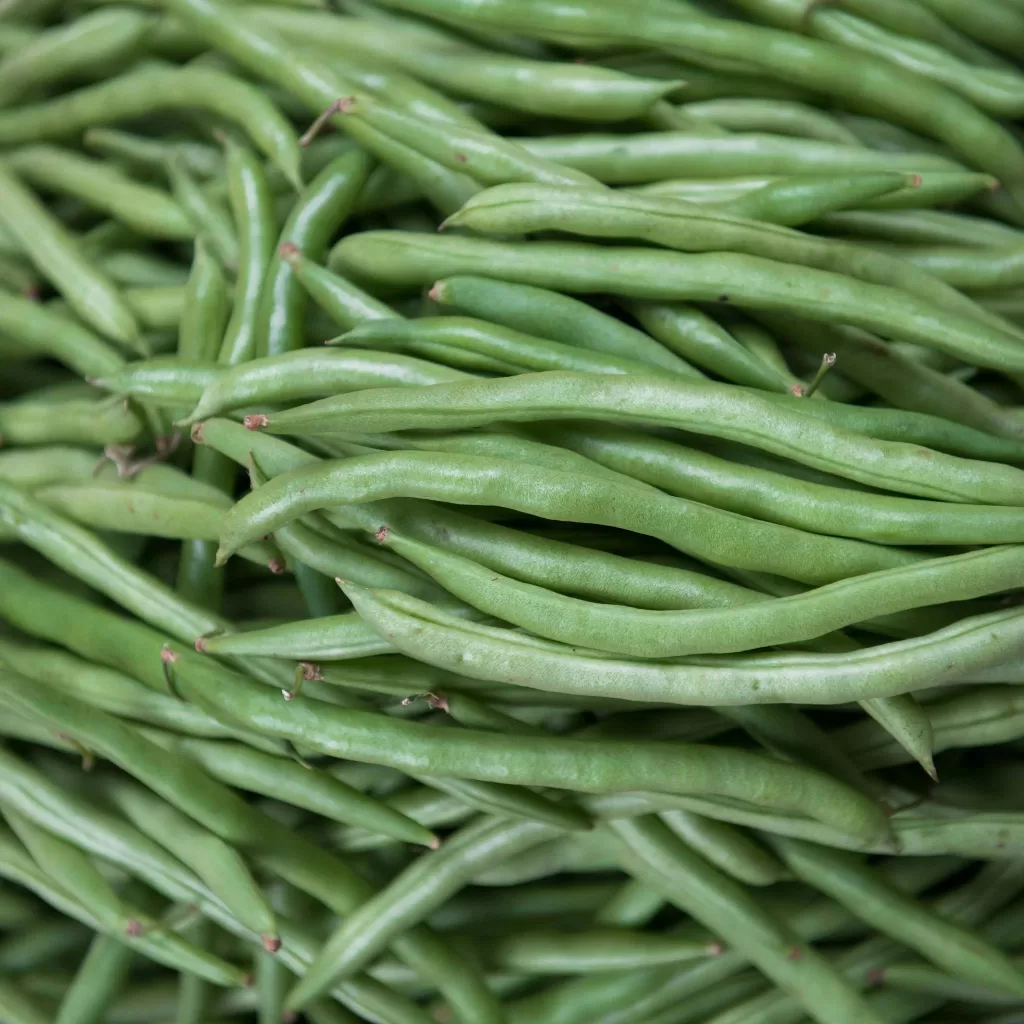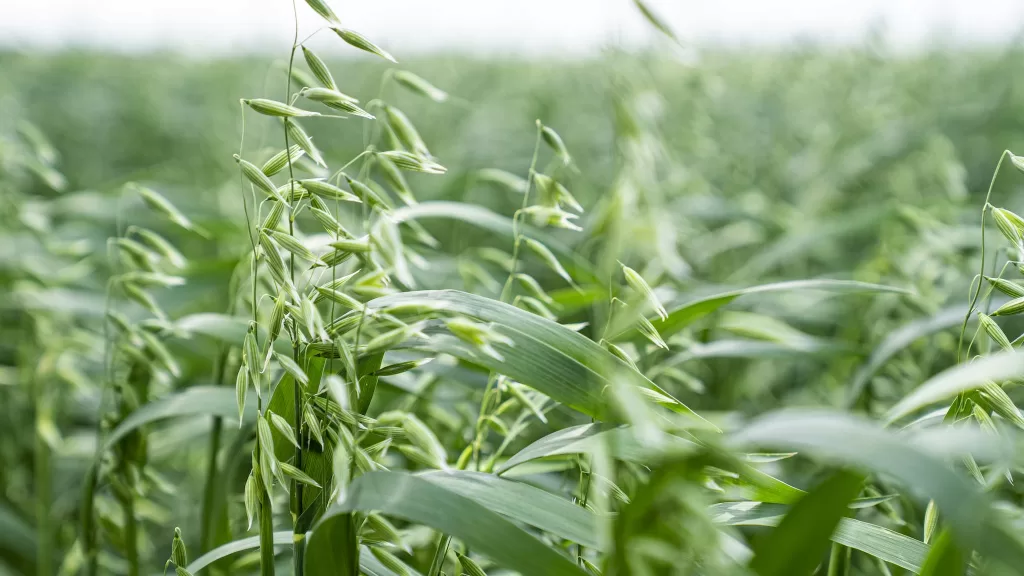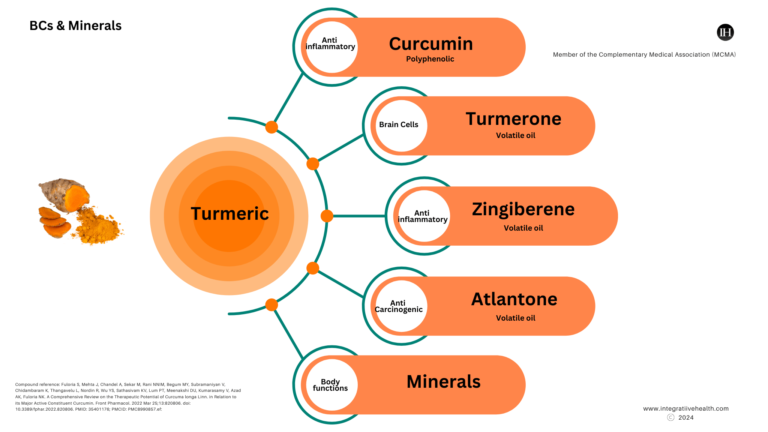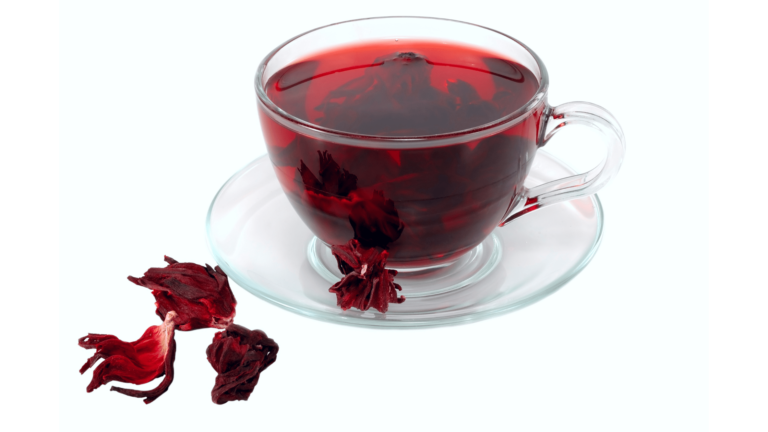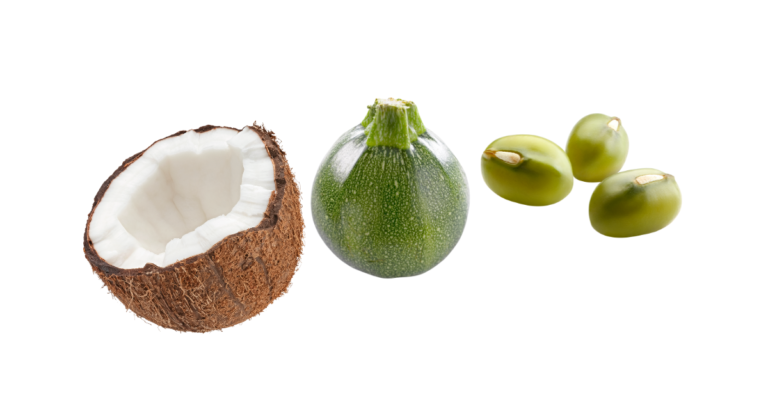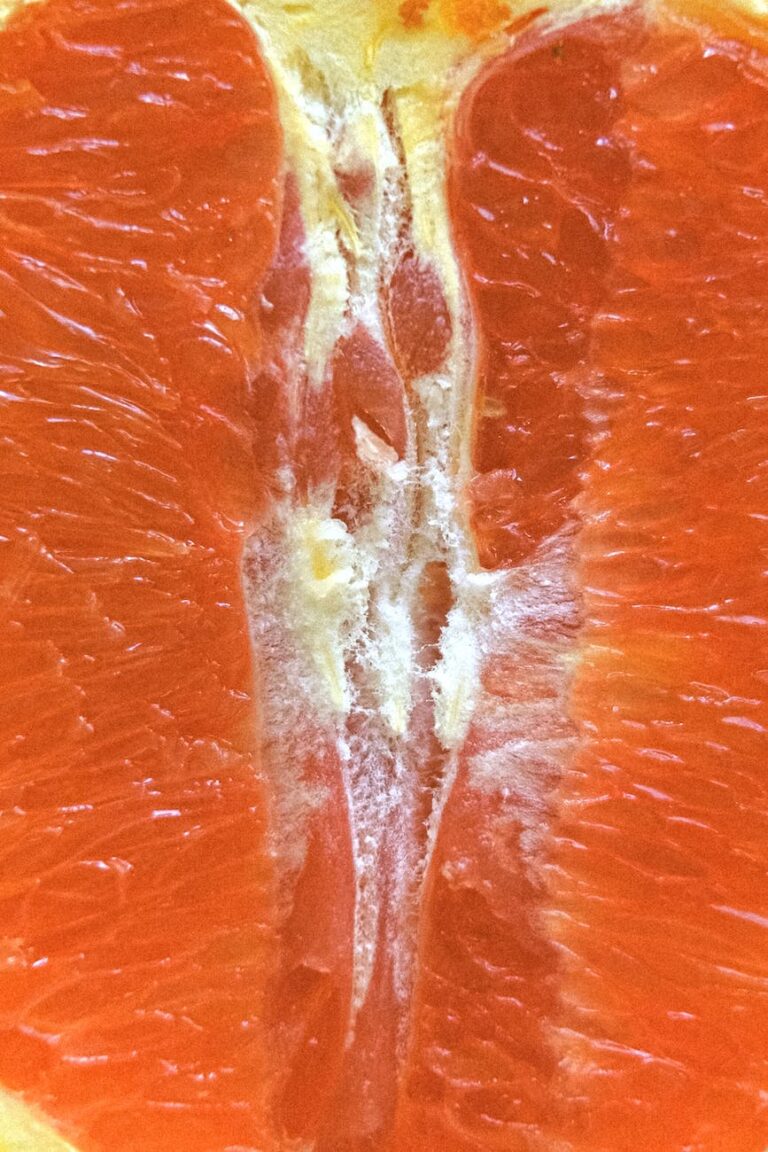Vata Dosha: How To Make Practical Use of Air Element
Vata Dosha is one of the three Ayurvedic bioelements. It consists of a combination of two natural elements – air and ether (also known as space or akasha in Ayurveda).
The primary function of this dosha is movement, which is why it is known as “the governor.” According to Ayurveda it governs or influences the movement of all things in the body.
Essentially, dosha is a categorization of body types, including physical, mental and energetic traits.
Key Points In This Article
This article aims to examine an overview of vata dosha is, its characteristics, and how it can be practically approached to for general well-being. Furthermore, why vata doshas plays a pivotal influence on cognitive well-being according to Ayurvedic principles and any relevant case studies.

Brief Overview of Why Ayurveda Pays Importance To Dosha
According to Ayurvedic Sciences, there are three doshas, vata, pitta, kapha (VPK). Generally, we are an embodiment of all three doshas in varying degrees.
Doshas are important because per say they help in understanding the core nature of an individual. Subsequently, this forms the basis of diagnostics in which the root concern can extrapolate cause and effect principles. Which is then combined to create tailored plans based on individual requirements.
Primary Dosha
In addition to this, an individual usually has a primary dosha which is more dominant in terms of overall traits of an individual.
Secondary Dosha
However, a secondary dosha also exists in most cases. This is known as ‘dual prakriti’ (dual constitution) and is the most common type.
Example of A Dual Prakriti
For instance, an individual may have their primary dosha, pitta and secondary dosha vata. This means their dual constitution is Pitta-Vata.
Therefore, both qualities of these doshas can be found in the individual, for example, a strong digestive system but may be prone to an exaggerated metabolism because from the point of view of elements, air heightens the impact of fire.
Once the dual prakriti is identified, the Ayurvedic lifestyle treatment route is to follow the lifestyle advice relevant to the individual at any one time.
What Influences Doshas
Doshas, vata, pitta, kapha are influenced by a number of factors, some of which include the following:
- Hereditary traits
- Characteristics of foods, such as astringent, sour, bitter etc
- Characteristics of liquids, such as warm, cold etc
- Particular movement, such as, if an individual has an exaggerated vata, running as an exercise may disturb vata more.
- Changing seasons, barometric pressure or atmospheric pressure etc.
- Frequency and degree of influences
The following sections divulge into vata dosha in more detail.

Vata Dosha: Air & Ether
Vata dosha is a sum total of a combination of two natural elements – air and ether.
1. Air Element In Vata
The Air element scientifically refers to the mixture of gases, primarily nitrogen, oxygen, and trace amounts of other gases, that make up the Earth’s atmosphere and are essential for respiration and other life processes.
For instance the study, “The air we breathe: three vital respiratory gases and the red blood cell: oxygen, nitric oxide, and carbon dioxide” by Dzik WH, highlights that;
oxygen (O2), nitric oxide (NO), and carbon dioxide (CO2) are three important respiratory gases that intersect at the level of the human red blood cell (RBC). The study emphasizes that, besides hemoglobin’s (Hb) central role in transporting oxygen, the interaction of haemoglobin with other factors balances the energy flow of human red blood cells.
The Fundamental Fabric of Vata
Similarly, in a rudimentary way, the Air element in Vata Dosha is associated with movement, change, and creativity.
It is responsible for the functions of the nervous system, circulation, and respiration, this association is of air element in our environment which signifies ‘vata’ involves qualities of mobility and changeability.
An Example Of Human Respiration
One simple example of the air function in our body is the exchange of gases during respiration.
When we inhale, our lungs take in oxygen from the air and deliver it to our cells, while carbon dioxide is released from the cells and exhaled out of the body. Air can also be viewed as ‘gases’ both external atmospheric and internal by products of biochemical reactions upon ingestion of foods.
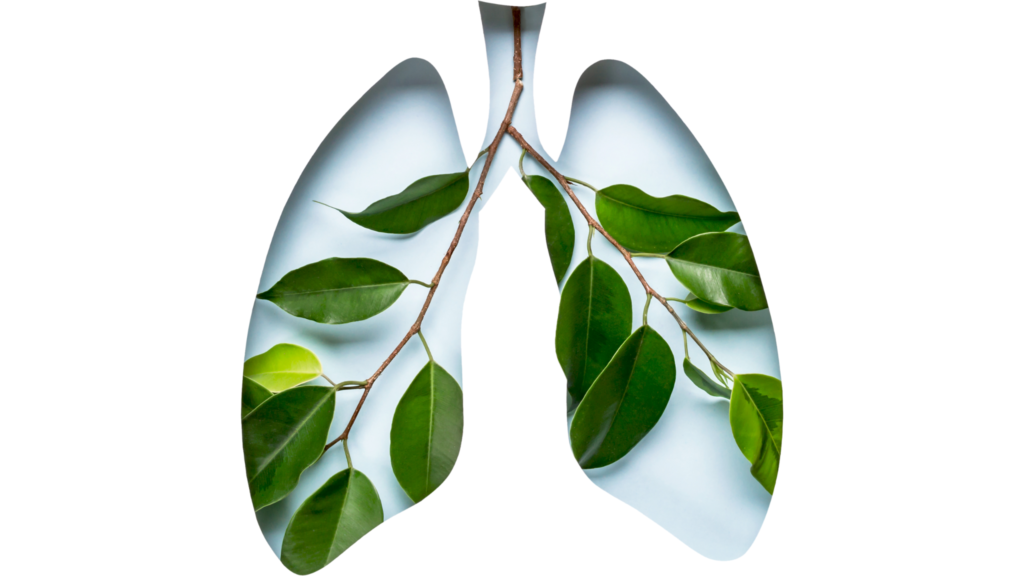
2. Space Or Ether (Akasha) In Vata
Secondly, the space element plays a crucial role in the human body as it is responsible for providing the necessary physical and mental space required for growth and expansion.
Scientifically, this element is also necessary for intercellular communication within the body, which provides ‘communication space’ between our organs and key processes.
Ayurveda suggests that the space element, also known as Akasha in Ayurveda, is present in every cell and tissue of the body and is responsible for the overall balance and harmony of the body and mind.
Example of Ether Or Space In Vata
An example of a lack of space element can be seen in nature, where overcrowding of any plant kingdom can often lead to self-destruction of a particular species.
Another example is our body’s biological process of cell cycle, which includes death of old cells, creating space for new cells so that the body can function well.
What Space Represents In The Human Body
In the context of the body, space represents the gaps or intercellular spaces between cells, which allow for movement and growth. During the cell cycle, cells go through a series of stages, including growth, replication, and division.
The space element participates in regulating the movement of cells during each stage of the cycle. For example, during the growth phase, cells need room to expand and increase in size. Similarly, during the replication phase, cells need space to duplicate their genetic material and prepare for division.
These scientific anomalies in Ayurveda, are a holistic approach aiming to identify broader scope of functional behaviours within the human body framework.
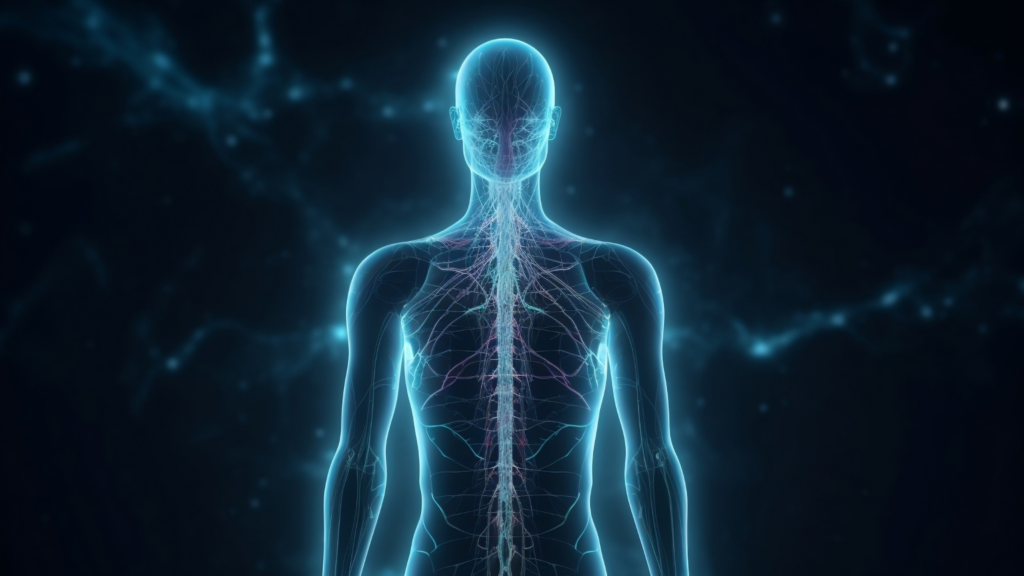
Vata Dosha Key Characteristic: Movement
The key characteristic of vata dosha is movement.
In scientific understanding, movement is considered as a fundamental element that is studied under the branch of physics known as mechanics.
Movement refers to the change in position of an object with respect to time.
The study of movement involves understanding the various parameters that are involved in motion, such as displacement, velocity, acceleration, and time.
Other Vata Characteristics
The other important vata characteristics also involve, lightnes, dryness and several others. Here are some other key characteristics of this bio-element:
- Lightness & dryness
- Movement, motion & mobility
- Coolness and subtleness
- Roughness ie dryness related to harsh atmospheric wind
- Clarity, natural clean air is purifying
- Vitiated – airy inconsistency
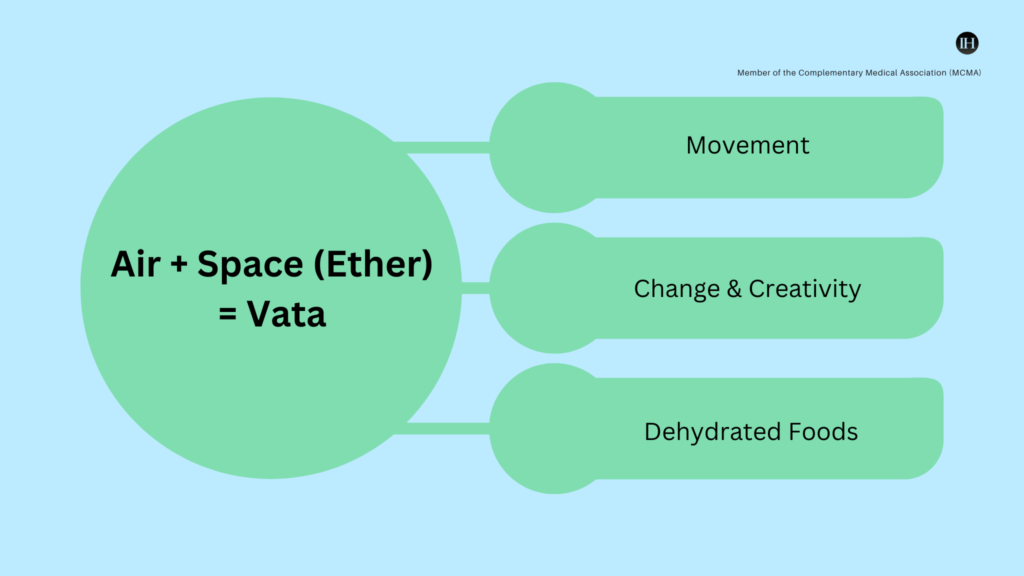
Vata Mental, Emotional & Behavioural Traits
As with the other doshas, vata dosha manifests and displays particular behavioural and emotional traits in an individual.
When balanced, vata displays in patterns of agility, clear thinking, good mobility etc. When disturbed, vata can influence mental, emotional and therefore behavioural patterns such as, lack of focus, boredom etc.
Here are some mental and emotional traits of vata when balanced or vitiated:
- A sense of freshness
- The ability to think clearly
- Creativity, agility
- Nervousness
- Fear, anxiety and sense of pain
- Lack of groundedness
- Boredom
Vata Body Type: Ectomorph
In western terms, the Ayurvedic vata body is the similar to the ‘ectomorph’ which means an individual with a lean body type.
Also, an individual may have some or all of vata’s particular physical attributes such as:
- Slim build, taller than average
- Smaller eyes
- Dry hair
- Mentally creative and agile
- Curious but may bore easily
Dominant Areas Of Vata In The Body
Ayurveda suggests, the seats of vata are considered to be, large intestine, pelvic area, bones, skin, ear and thighs.
Furthermore, according to Ayurveda, if the body accumulates excess vata, it can lead to various patterns of excess in certain areas of the body. For example, joint stiffness and digestive wind are some of the commonly observed symptoms.
Subsequently, frequent, herbal oil self massage in seats of vata areas can help soothe vata vitiation.

Relationship of Vata & Specific Tastes
Taste in relation to eating, refers to the sensation experienced when eating or consuming a liquid.
Vata dosha is associated with two tastes, astringent and saltiness.
In Ayurveda, there are six basic tastes: sweet, sour, salty, bitter, pungent and astringent. Furthermore, the science suggests that taste directly impacts on our physical and mental well-being. Overall, taste is used to create a balance and diet in Ayurvedic cooking is centered to promote individual well-being by addressing doshas.
Role of Food Types In Dosha
Similarly, natural foods have particular qualities and characteristics beyond their important nutritional value. Ayurveda considers the energetic implication of foods as well, similar to the ‘whole food matrix effect.‘
Furthermore, food sources are categorised by taste properties, subsequently, these properties are associated with dosha enhancing, reducing or balancing qualities.
For instance, sunflower seeds can help in vata and pitta. As they have a subtle sweetness and a hint of bitterness and contain exceptional natural oils, helpful for vata-pitta diets. They are considered grounding as a food energy source. Moreover, as a dietary therapeutic, they are heart, brain and nervous system friendly.
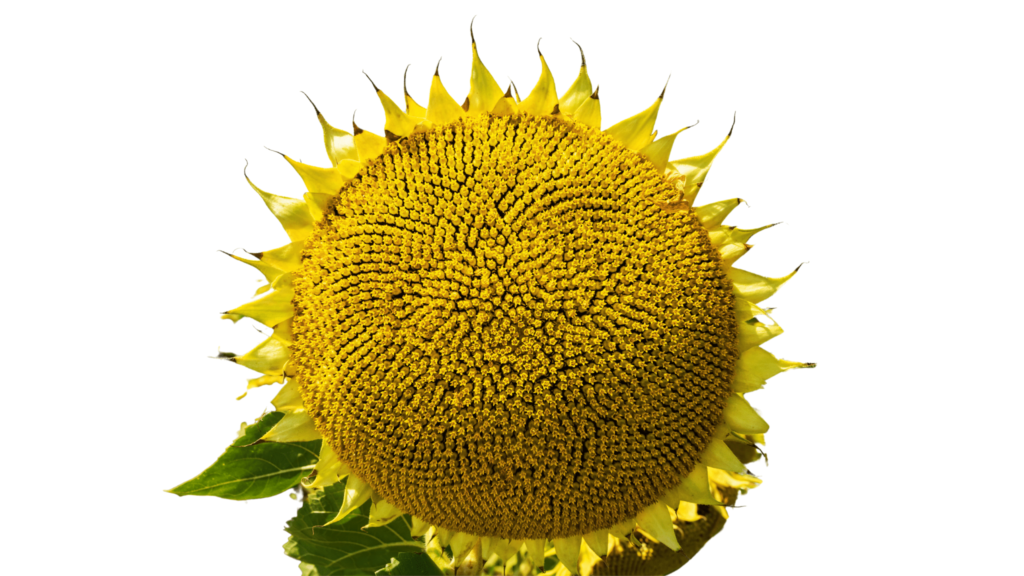
The Astringent Taste In Vata Dosha
A dry, puckering sensation in the mouth characterises the taste quality of astringent. It is described as a feeling of tightness or roughness in the mouth.
- Some common vegetables with astringent taste include raw spinach, broccoli, and green beans.
- Some astringent herbs include sage, rosemary, and thyme.
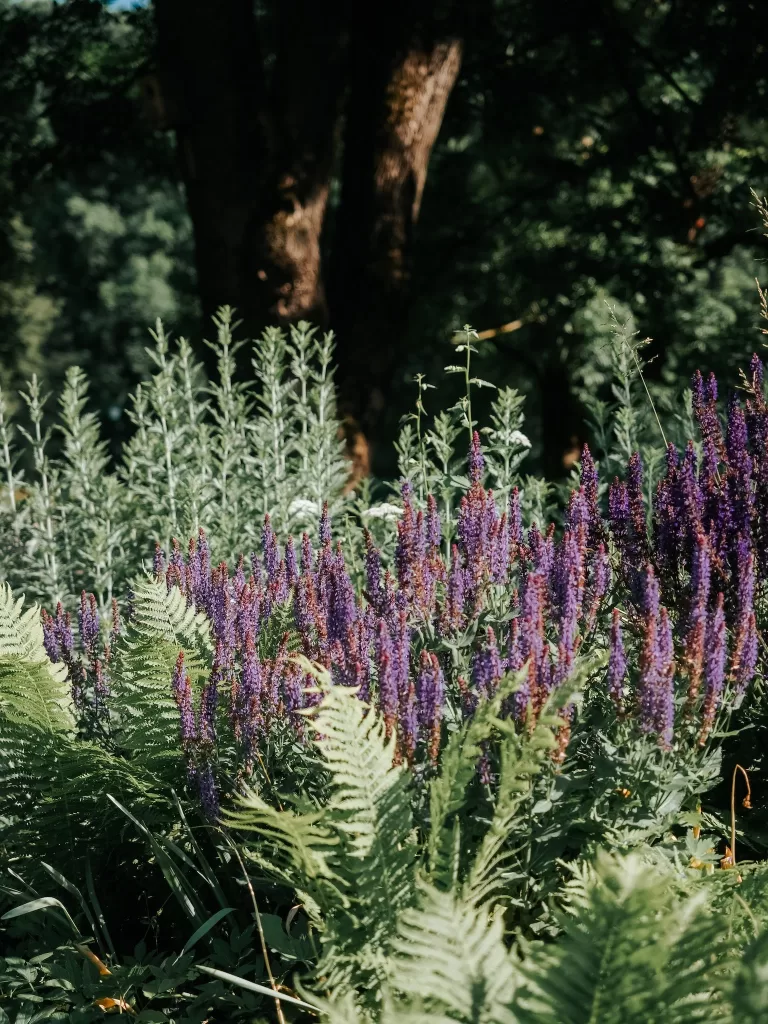
According to Ayurveda, the astringent taste has a cooling and drying effect on the body.
It is said to help balance excess moisture and oiliness in the body. The astringent taste helps those with a Kapha dosha. However, it should be consumed in moderation as excess consumption can aggravate Vata dosha and cause dryness.
(Ayurvedic reference), the Charaka Samhita text states that astringent taste can help improve digestion, promote healing of wounds and hemorrhages, and reduce excess sweating. It is also believed to have a calming effect on the mind and help improve concentration.
The Saltiness of Vata Dosha
Saltiness is a taste sensation that is detected by the taste buds on the tongue. It is described as a distinct, savory flavor that is associated with the presence of sodium chloride.
When salt comes into contact with the taste buds, it triggers a response in the brain.
This trigger is responsible for the perception of saltiness. Essentially, it is a sensation and varies in intensity. Similarly, depending on the concentration of sodium chloride in the food, individual’s sensitivity differs.
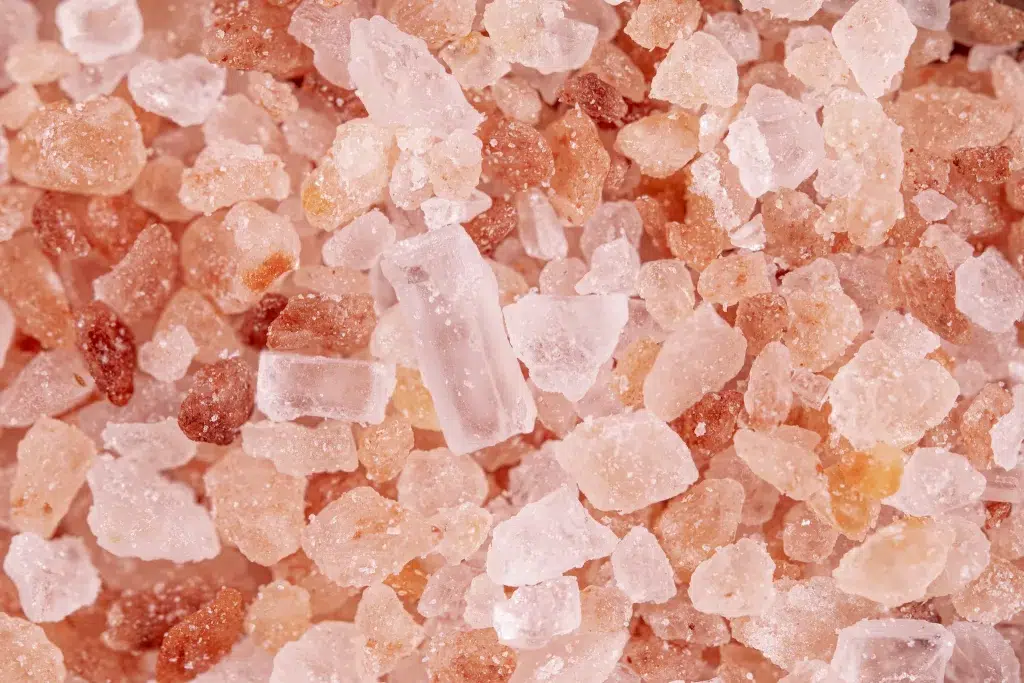
Natural vegetables and foods may contain sodium (Na) which is different from sodium chloride. In Ayurveda, the taste of saltiness on the tongue is associated with vata dosha.
On the other hand, (sodium) is a vital component for the human body.
As per Ayurveda, salt (sodium chloride), including Himalayan salt, rock salt, black salt, etc., although recommended in comparison to white salt, are classified as vata in nature and should be consumed in a balanced way.
However, Ayurveda suggests avoiding table salt altogether as it undergoes heavy processing, resulting in the depletion of essential minerals.
Overconsumption of salt can aggravate the vata dosha, and in general, individuals with a dominant vata dosha may have a tendency for salty foods over sweeter ones.
Vata Function When In A Normal State
Subsequently, vata in balance, means it is neither depleted or exaggerated.
This typically means it displays signs of clear thinking, being able to move easily and flexibility. Similarly, if the dominant dosha is vata, an individual may have quick thinking resembling the quality of quick moving wind.
A balanced vata dosha may also display the following:
- Those who have a balanced space and air element are associated with a calm and composed personality, good communication skills, and a positive outlook towards life. A creative thought process and exceptional agility.
Vata Function When Unbalanced Or Vitated
On the contrary, if vata is out of balance, either exaggerated or depleted, Ayurveda suggests that the body reacts by producing effects such as, body stiffness, constipation, dry skin, boredom etc.
Here are some signs in Vata disturbances:
- Signs of vata exaggeration: prone to airiness, flatulence, nervousness, anxiety to varied degree, dry skin or rough, dark circles, coarse hair, brittle nails, scanty thought process, constipation, over active, lack groundedness, restlessness, hard to focus and other signs.
- An imbalance in the air & space element can also cause anxiety, restlessness, and a feeling of being stuck or trapped.
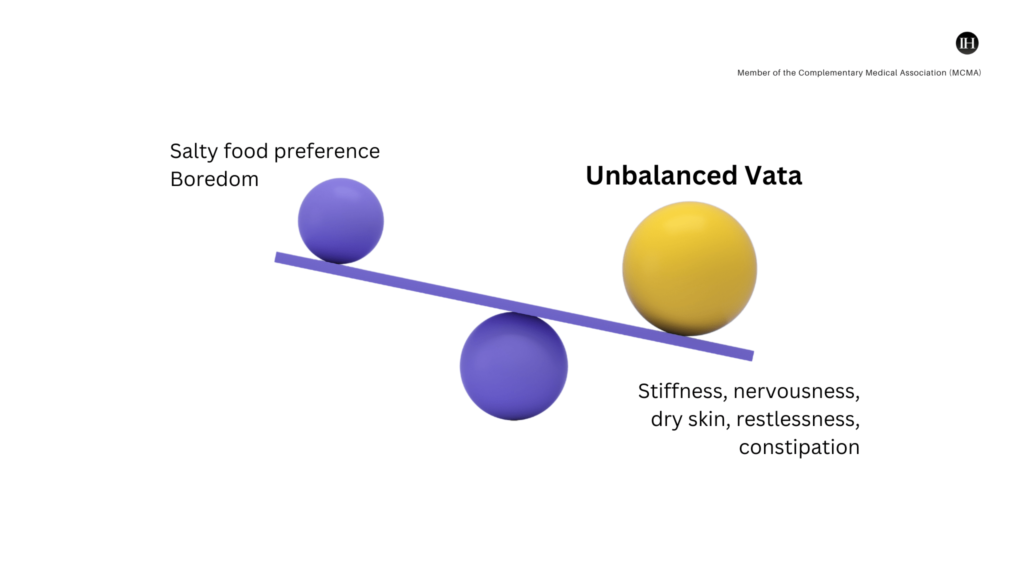
Vata Diet (Bio-work)
In Ayurveda, the diet is intricately linked to the balance of an individual’s doshas.
If an individual’s vata is imbalanced, Ayurveda recommends making dietary adaptations tailored to their specific needs in order to restore balance.
First and foremost, diet is treated as medicinal, therapeutic and nourishing. The purpose of diet is to keep body, mind and energy well so an individual can enjoy a good life.
Here are a few vata diet points:
- Vata diet would be adjusted as and when required depending on the state of vata.
- Properties of food include: vata, pitta, kapha qualities, bioactive constituents, taste, thermogenic quality, color, source, cooking method, time, frequency etc.
- It also takes into account food attributes when combined with other ingredients. One food may change the dosha quality of another food.
- As a result, all of these factors create a particular effect when consumed. Moreover, they are either body friendly and promote well-being from the core or not.
Example of Applying Dosha Diet Components
For instance, if vata is balanced, consuming astringent vegetables or dried foods as part of a balanced diet is ok. Variety would be a key tool to maintain good therapeutic balance.
However, if vata is disturbed, astringent vegetables or drying foods can further exaggerate vata in the body.
Adding Opposing Principles: Plus & Minus
Ayurveda’s answer depends on the age of the problem. Usually, involves adding the opposite principles into an individual’s diet. This may include, kapha or pitta quality foods and phyto-therapeutics such as frankincense oil as aromatherapy to promote clarity and concentration. For instance, organic seeds that are rich in healthy natural oils and natural lubricants such as fibre.
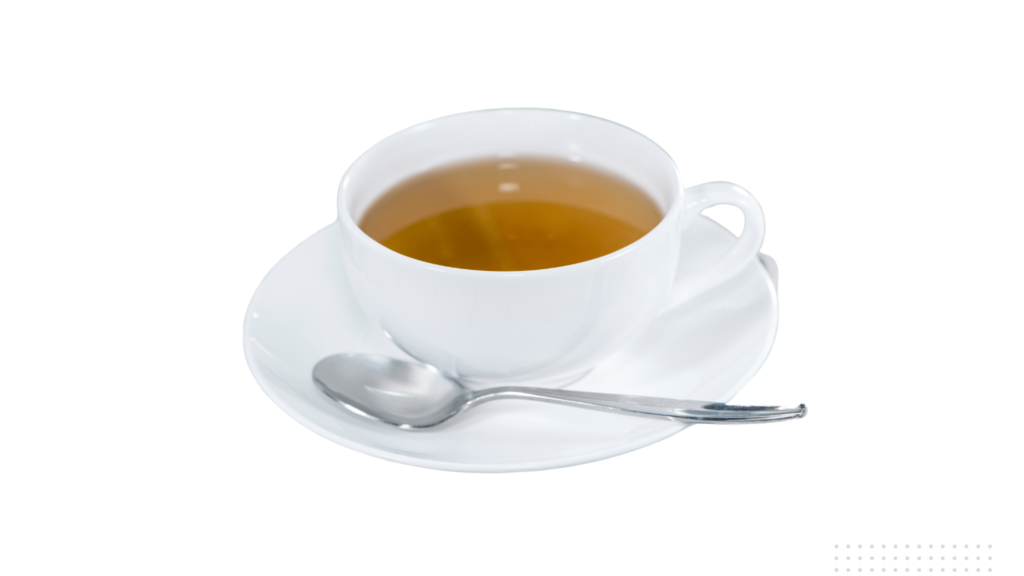
Understanding Vata Diet & Foods
To make practical use of the dietary aspects, particular foods, such as plants and vegetables rich in phyto-chemical properties, can offer a simple way to do this.
Knowing and adjusting foods that increase or decrease vata can make a substantial difference to overall well-being.
Foods That Help Balance An Exaggerated Vata
Some foods that can help balance vata include the following;
Warm, cooked grains like rice, quinoa, and oats – Root vegetables like sweet potatoes, carrots, and beets – Cooked leafy greens like spinach, kale, and collard greens – Healthy fats like ghee, coconut oil, and olive oil – Warming spices like ginger, cinnamon, and cumin.
Foods That Aggravate Heightened Vata
On the other hand, some foods that can aggravate vata and should be avoided or minimized include: – Cold and raw foods like salads and smoothies – Light and airy foods like popcorn and rice cakes – Bitter and astringent tastes like coffee and green tea – Stimulants like caffeine and nicotine – Excessive amounts of dry or spicy (chilli based not whole spices) foods.
A List of Vegetables For Vata
Vegetables That Decrease Vata
| Cooked vegetables; | Asparagus | Beetroot | Carrots |
| Cucumber | Garlic | Green beans | Okra cooked |
| Onion cooked | Sweet potato | Radish | Courgette Zucchini |
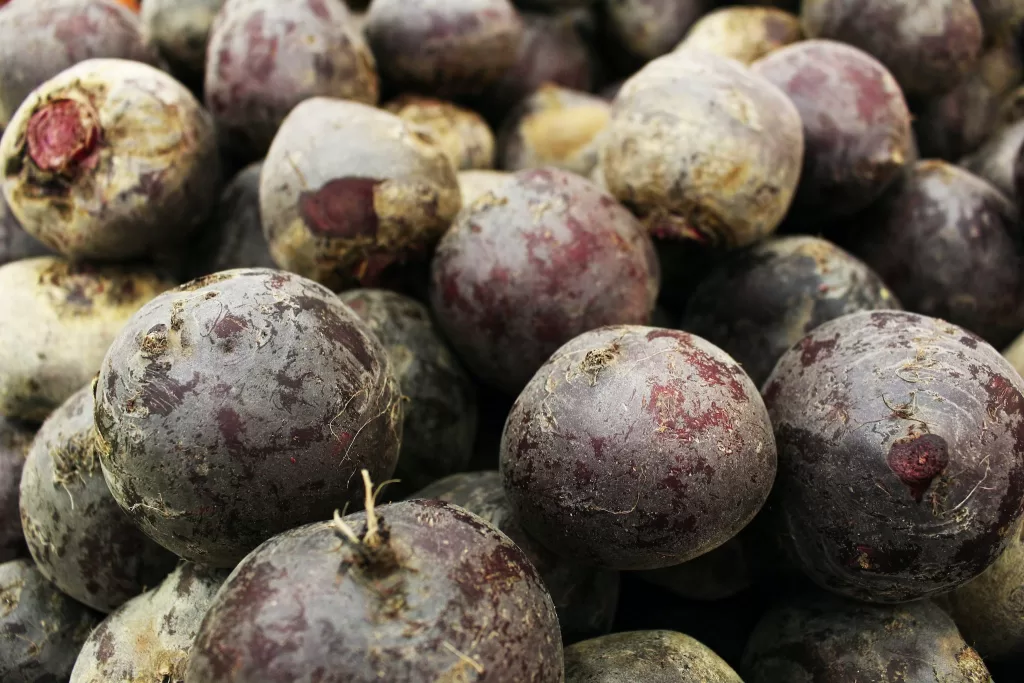
Vegetables That Increase Depleted Vata
| Raw Vegetables | Broccoli | Brussel Sprouts | Cabbage |
| Cauliflower | Celery | Aubergine | Leafy greens, spinach |
| Lettuce | Mushrooms | Onion raw | Parsely |
| Peas | Peppers | White Potatoes | Tomato |
5 Tips for Vata Constitution
- Vata constitutions work well with moderate amounts of food taken at regular intervals.
- Breakfast can be helpful to stabilise blood sugar levels for vata constitution. For instance bowl of organic cooked porridge (water or part organic dairy & water), a quarter teaspoon or one spoon of organic coconut oil, add ground cloves and cinnamon. This porridge is an exceptional source of clean energy, nourishing and low GI.
- Excess of caffeine, specifically coffee, can be drying for vata constitution. Black tea can be had in moderate amounts or consider adding herbal plant teas such as, fennel tea, ginger tea or turmeric tea etc
- Warm organic saffron milk can be a great therapeutic balancer for vata.
- Whole spices stimulate digestive enzymes for vata persons.
Essential Oils That Are Therapeutic For Vata Mind Balance
- Frankincense oil, used as pulse aroma or a few drops on a cloth and inhaled from a distance. Vata balancing and helps to calm nervousness and anxiety.
- Sweet orange essential oil for uplifting, focus, calming and more.
- Vetiver essential oil for anti stress and more.
Case Study: Expanding Vata Viewpoint
The practice of slow breathing and mindful breathing exercises can be particularly beneficial for individuals with a dominant Vata dosha, as it can help balance their tendency towards anxiety, restlessness, and overactivity, while also promoting relaxation, grounding, and mental clarity.
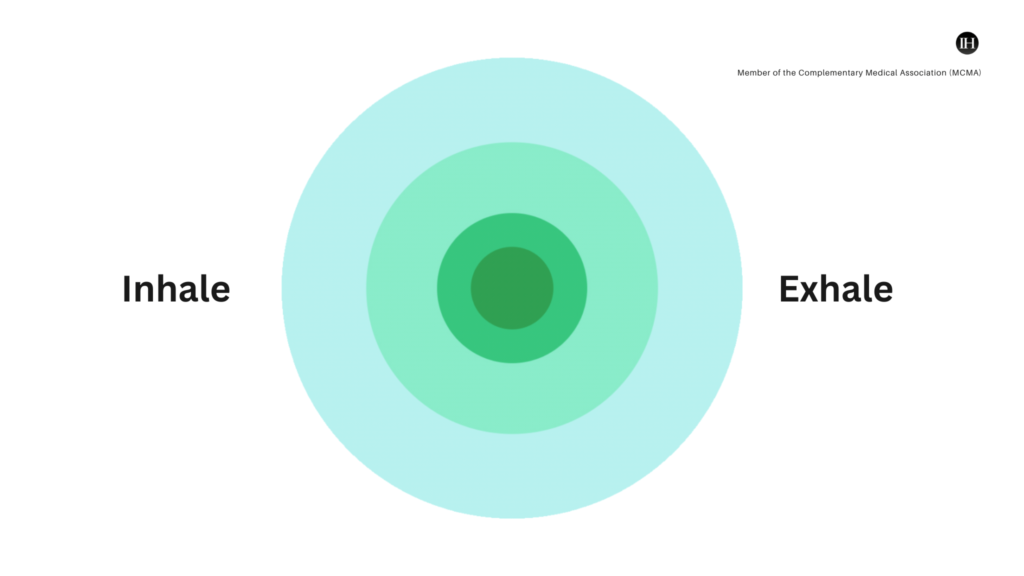
Examining credible case studies to help explore vata from a broader viewpoint:
1. Breathwork For Vata
According to a systematic review conducted by Zaccaro et al. (2018), slow breathing has significant psycho-physiological correlates that can positively impact our lives.
The review highlights that slow breathing stimulates the parasympathetic nervous system, which is responsible for relaxation and calming the body. This, in turn, can reduce stress levels and improve overall mental and physical well-being.
In the previous sections of this article, we have discussed vata’s characteristics of movement and air. According to Ayurveda, practices related to breath and bio-work can be beneficial for individuals with a dominant vata dosha.
Insights of Zaccaro et al study
The study emphasizes the importance of movement in the form of breathing exercises, as it can improve the efficiency of the respiratory system and enhance oxygenation of the body.
In summary, the review underscores the significance of air and movement elements in our body, and how breathing practices can have a profound impact on our health and quality of life.
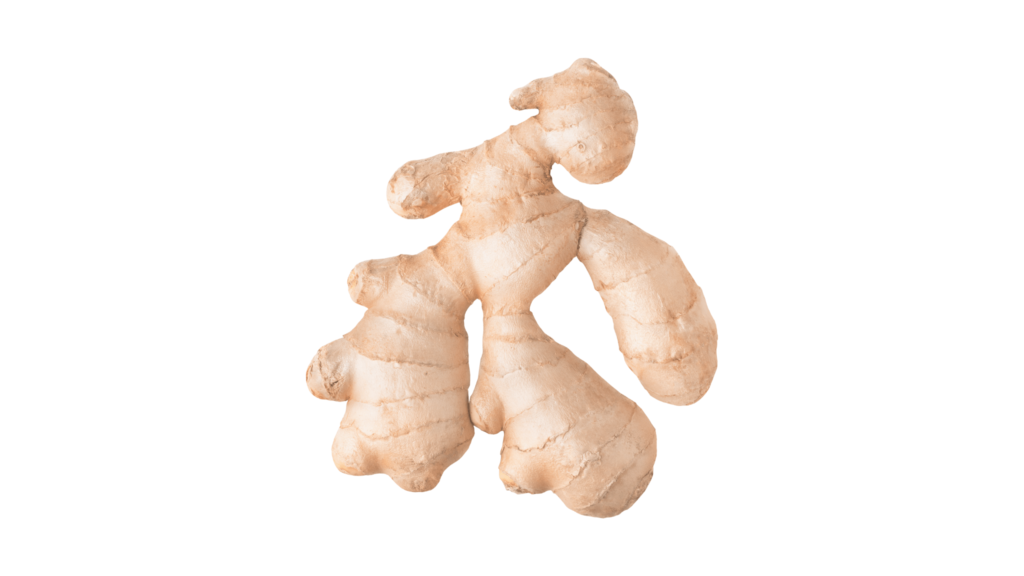
Informational (Audible) Video
Ginger & Its Therapeutic Properties
2. Rheumatoid Arthritis & Vata
According to Gupta et al. (2015), the Ayurvedic concept of vata dosha plays a significant role in the development of Amavata (rheumatoid arthritis). They suggest that following a vata-pacifying diet, which involves consuming warm and nourishing foods, can help alleviate the symptoms of rheumatoid arthritis.
Insights of study
The study suggests the use of herbs and spices with warming (thermogenic) properties, such as ginger and garlic, added to diet may be helpful in balancing vata dosha gradually. It also states that a vata appropriate diet can be used as a complementary approach to manage the day to day symptoms of rheumatoid arthritis.
Summary
Ayurvedic doshas are essentially a diagnostic tool to promote overall well-being according to individual parameters.
Vata dosha in Ayurveda is characterized with movement, making it known as “the governor” because it moves all things. However, an overactive vata dosha can lead to a range of disruptions throughout the body.
When balanced, vata dosha exhibits signs of clarity, agility, creativity, and balanced body mobility. When vata is disturbed, it may manifest as dark circles, boredom, anxiety, joint stiffness, and other symptoms.
Ayurveda prescribes several therapeutic principles to help balance ones doshas. Diet and breathwork for vata dominant individuals can make a substantial difference to overall sense of well-being. This article lists some vata foods and tips.
Precautions & Suitability
Precautions and personal responsibility are crucial. Check suitability of any therapeutic or diet for pregnant women, individuals with allergies, and individuals with chronic health concerns. Seek the advice of a professional.
This is an information post only and does not constitute as professional advice.
InteGratiive Insights
Organic Thermogenic Foods Such as ginger, turmeric and healthy fats are nourishing for vata
Herbal Oil Body Massage Can help Vata Persons balancing the Air element. Paced breathing will bring groundedness & discernment.
- Zaccaro, A., Piarulli, A., Laurino, M., Garbella, E., Menicucci, D., Neri, B., & Gemignani, A. (2018). How Breath-Control Can Change Your Life: A Systematic Review on Psycho-Physiological Correlates of Slow Breathing. Frontiers in Human Neuroscience, 12. https://doi.org/10.3389/fnhum.2018.00353
- Gupta, S. K., Thakar, A. B., Dudhamal, T. S., & Nema, A. (2015). Management of Amavata (rheumatoid arthritis) with diet and Virechanakarma. Ayu, 36(4), 413-415. https://doi.org/10.4103/0974-8520.190688
- Dzik WH. The air we breathe: three vital respiratory gases and the red blood cell: oxygen, nitric oxide, and carbon dioxide. Transfusion. 2011 Apr;51(4):676-85. doi: 10.1111/j.1537-2995.2011.03114.x. Epub 2011 Mar 24. PMID: 21496039.
- Hunjan. Professional distinction in Ayurveda. Professional Body Healing CPD certified (COE), 2020, 2021 (UK). InteGratiiveHealth.com (Member of the Complementary Medical Association)




